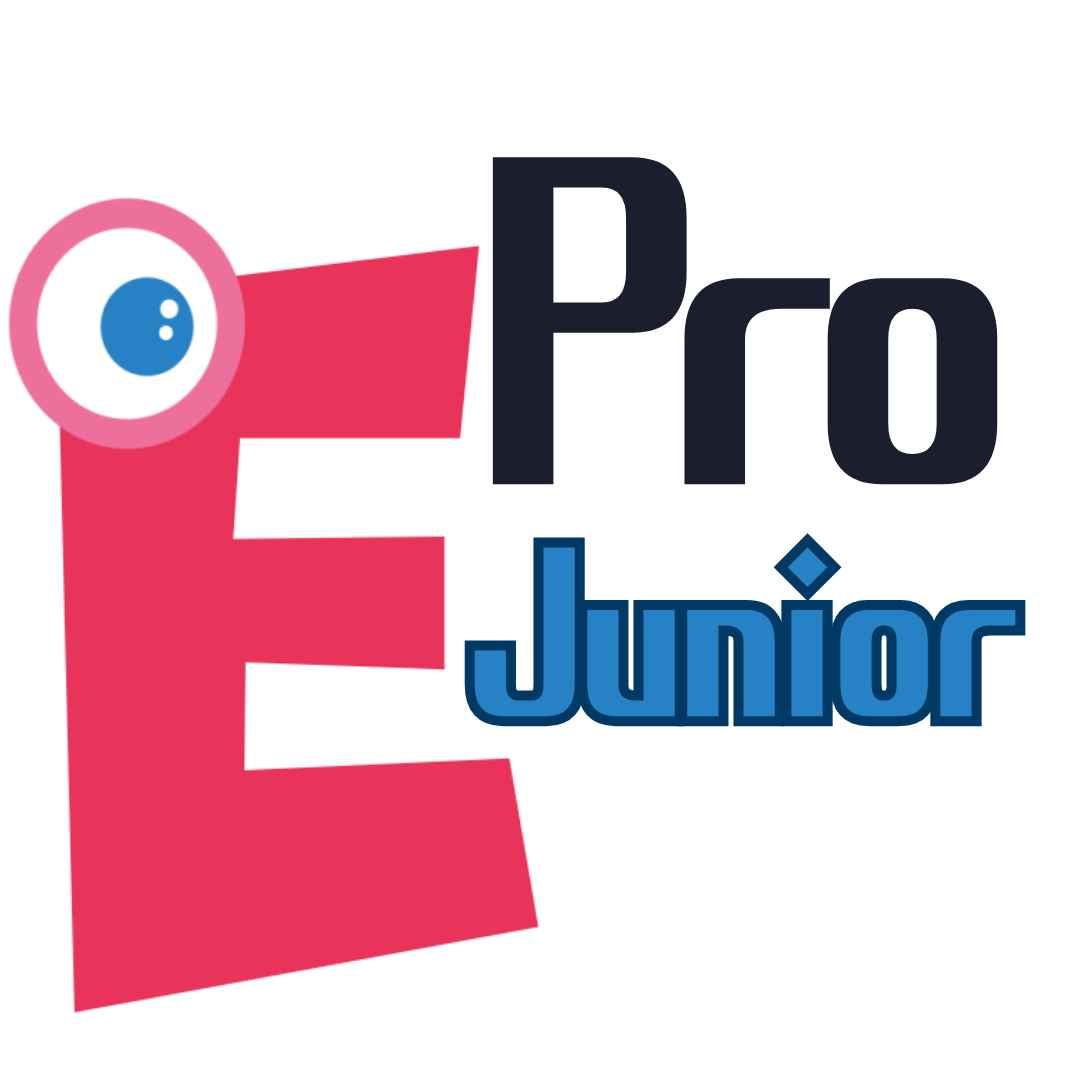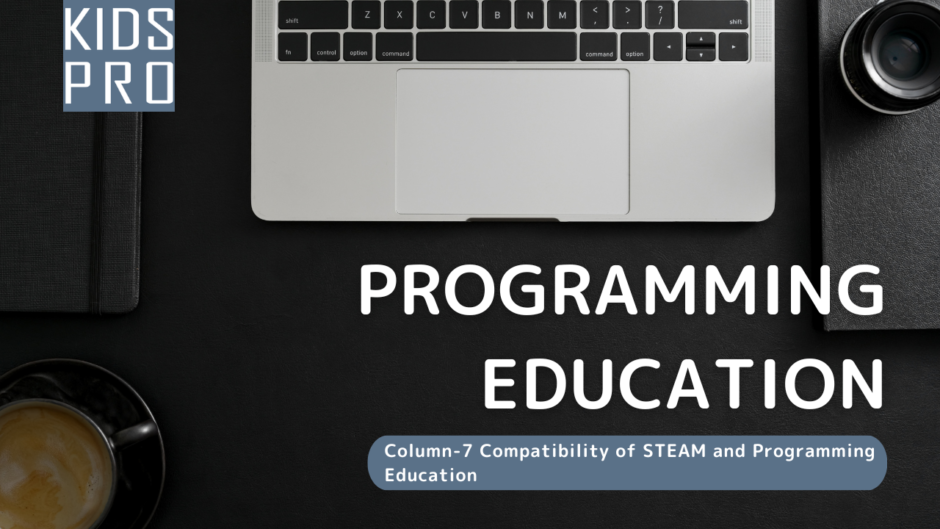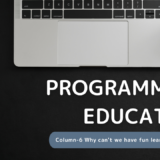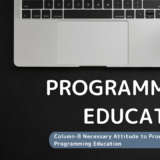STEAM education, promoted by the Ministry of Education, Culture, Sports, Science and Technology (MEXT), is attracting attention as an educational method that is relevant to the real world. STEAM is a system that integrates Science, Technology, Engineering, Arts, and Mathematics.
In the real world, when trying to sell a certain product, people involved in marketing, development, manufacturing, and sales share information and repeatedly analyze and study to create a product with higher market value.
Collaboration between departments is the key to creating a good product. If a product is developed without regard to the opinions of marketing and sales, a product that performs well but is expensive or poorly designed may end up being completed. Conversely, if we ignore the opinions of development, we may end up with a product that performs poorly or has a low profit margin.
The importance of collaboration is not only between departments, but also for individuals. If one says, “I am a sales person, so I don’t know anything about development,” or “I am an engineer, so I don’t know anything about market trends,” there can be no collaboration between departments. Even sales people need to have knowledge and understanding of development and production management, and development people need to have knowledge and understanding of sales and marketing. Each individual needs to be able to think in an integrated manner.
STEAM education was created to develop human resources who can think integratively from these various aspects, but it is not easy to actually educate them. However, STEAM education can be implemented using programming education.
S-science allows students to program movements in accordance with the laws of physics and, with the micro:bit, to use light, temperature, etc. T-technology is programming itself, as is the use of personal computers and the Internet. A-art is closely related to creating games, animations, etc. M-mathematics can be used to solve math problems with programs, and mathematics such as addition, subtraction, multiplication, division, random numbers, trigonometric functions, etc. are frequently used in programming.
Programming goes hand in hand with STEAM education. In addition to science, technology, engineering, art, and mathematics, children can also learn Japanese when they create digital picture books, and music when they use Scratch’s music blocks. They can also learn about “society” through programs that introduce the town.
We hope that students will not only learn programming itself, but also use programming to learn other studies (subjects).
 eJr Programming
eJr Programming 


